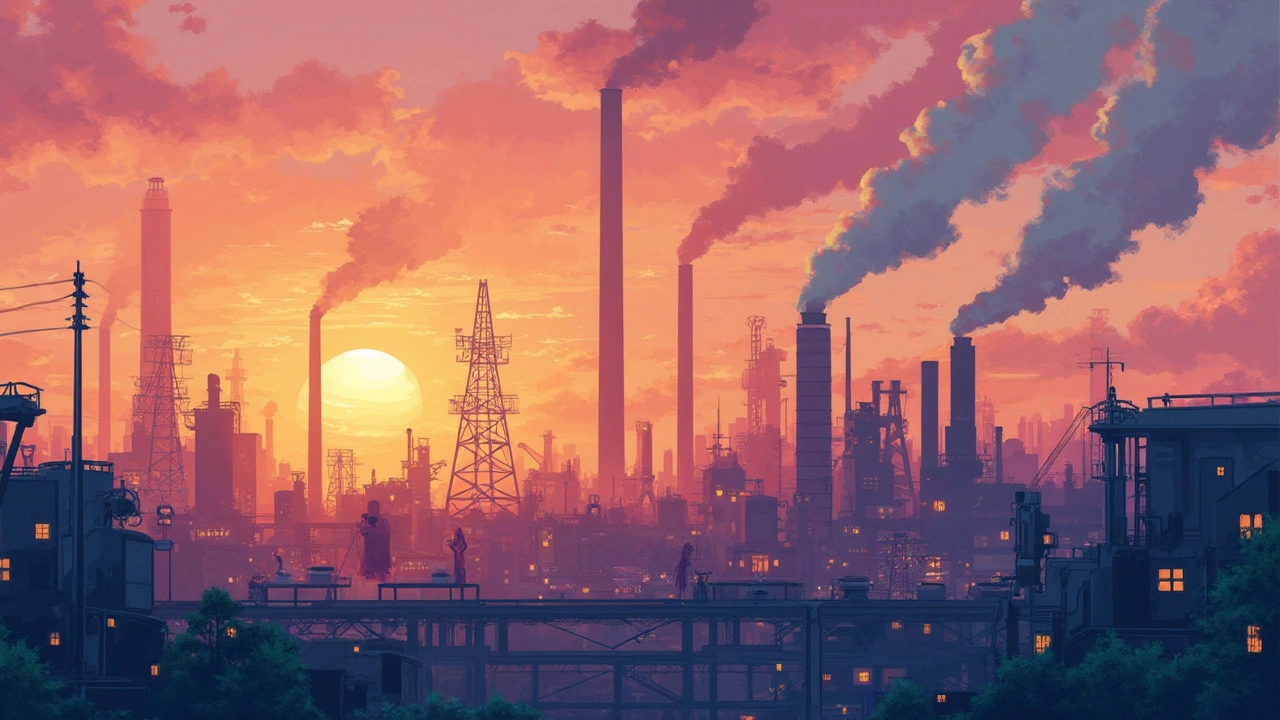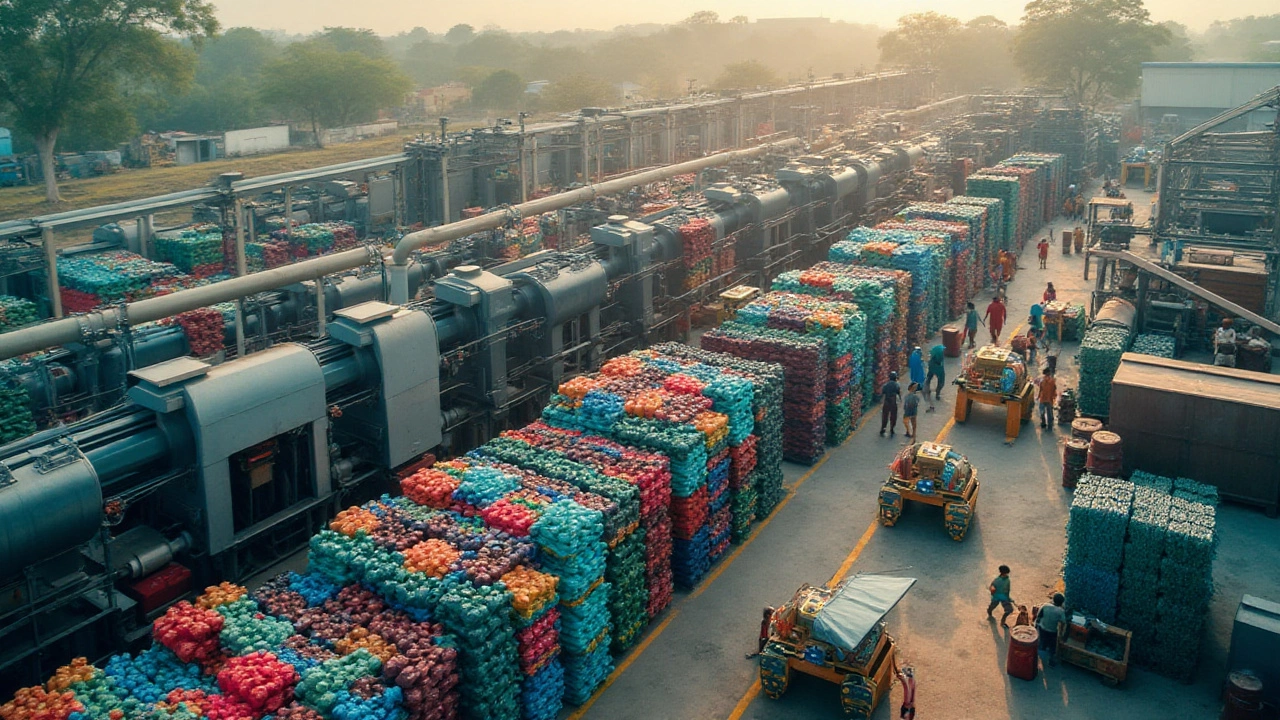Plastic Manufacturing: What It Is and Why It Matters
If you’ve ever picked up a water bottle, a kitchen gadget, or a car part, you’ve touched the result of plastic manufacturing. It’s the process that turns raw petrochemical feedstock into the everyday items we rely on. Knowing the basics helps you understand why the industry is so big, why it’s under scrutiny, and how you can spot smarter choices.
Key Steps in the Plastic Production Process
First, polymerization combines small molecules called monomers into long chains—think of Lego bricks snapping together. The most common polymers are polyethylene (PE), polypropylene (PP), and polyvinyl chloride (PVC). Once you have the polymer pellets, the real shaping begins.
Injection molding is the workhorse for making tiny parts like phone casings. The pellets melt, are shot into a metal mold, and cool into a solid shape in seconds. For larger items—buckets, containers, or car panels—blow molding inflates a heated tube of plastic inside a mold, similar to blowing a balloon.
Extrusion pushes molten plastic through a die to create continuous profiles such as pipes or sheets. These profiles can be cut, welded, or printed later. Finally, finishing steps like trimming, painting, or surface coating give the product its final look and durability.
Making Plastic Production More Sustainable
Because plastic waste ends up in landfills and oceans, the industry is racing to cut its environmental impact. One big shift is moving from virgin polymers to recycled content. Recycled PET (rPET) bottles, for example, replace up to 60% of new material, cutting energy use and emissions.
Biodegradable polymers, such as polylactic acid (PLA), are gaining traction for single‑use items. They break down faster under industrial composting conditions, though they still need proper disposal streams to work well.
Energy efficiency also matters. Modern injection molding machines recover heat from the cooling phase and reuse it to melt the next batch, shaving off up to 15% of electricity costs. Companies that adopt such closed‑loop systems see lower bills and greener footprints.
Regulations are tightening, too. Many countries now require a minimum recycled‑content label on packaging, and extended producer responsibility (EPR) schemes push manufacturers to fund collection and recycling programs.
For you as a consumer or business buyer, look for product labels that mention recycled content, or choose items that can be easily recycled in your local system. When you spot a brand that publishes its carbon footprint, you’re supporting transparency and accountability.
In the end, plastic manufacturing isn’t going away—it’s evolving. The mix of traditional processes, new bio‑based materials, and smarter energy use means the next decade could see a cleaner, more circular plastic economy. Keep an eye on industry news, because every innovation—whether it’s a new recycling technology or a policy shift—has the power to change the products you use daily.
Ready to learn more? Browse the other articles tagged ‘plastic manufacturing’ for deep dives into decomposition timelines, recycling rates, and how India’s factories are adapting to greener standards.


